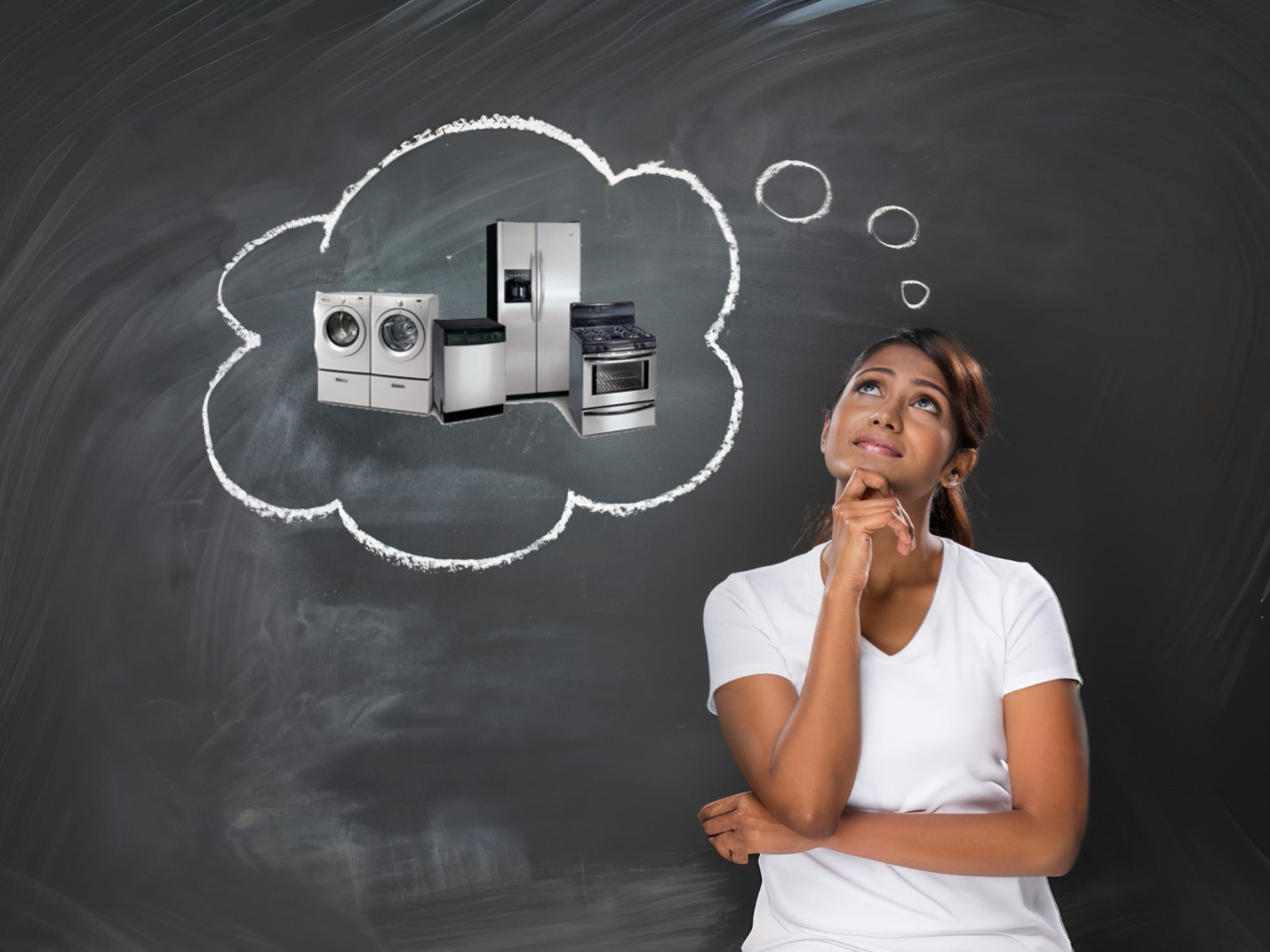Much has been said about the benefits of purchasing energy-efficient appliances and their ability to help you save money and reduce your environmental footprint. Less is known, however, about the years of research and development that have gone into making these appliances more energy-efficient. The resulting features enable today's high-efficiency models to use less energy while achieving the level of performance that you expect.
Clothes washers
Energy-efficient washing machines use sensors to control water temperature. Front-load washers reduce water consumption. Impellers are replacing agitators in top-load washers. Some washers spray clothes with high-pressure rinses to remove soap residue, rather than soaking them in a full tub of rinse water. Others incorporate a smaller secondary spin-wash tub just for delicate clothes.
As a result of such improvements, ENERGY STAR®-certified models use up to 33% less water than conventional units and 25% less energy. The improved washer designs result in less wear and tear on clothes, helping them last longer.
Refrigerators
The essential parts of a refrigerator include a compressor, heat exchanger coils and an expansion valve. Your refrigerator stays cold through a repeating cycle of condensing and vaporizing a fluorinated refrigerant.
Energy-efficient models use advanced design features, such as more efficient inverter linear compressors, improved heat transfer surfaces and more precise temperature and defrost mechanisms. They also have better insulation, which allows the compressor to run less often, saving energy and keeping kitchens cooler.
Dishwashers
High-performance dishwashers save energy by using improved technology for the main wash cycle and by using less hot water to clean dishes. A major design improvement is the use of more efficient motors, which increases dryer efficiency.
Many newer dishwashers feature computer-controlled wash cycles that adjust the wash duration for the quantity of dirty dishes, or the extent to which the rinse water is soiled as determined by chemical or optical sensors. This can save water and energy on partial or lightly soiled loads. Some models employ filters to keep the water cleaner during the wash cycle, reducing the need to introduce and heat more water.
Buying energy-efficient appliances
When you're shopping for new appliances, look for the yellow EnergyGuide label, which will give you estimates of annual energy use and cost. And purchase ENERGY STAR appliances, which are more efficient than standard models.



